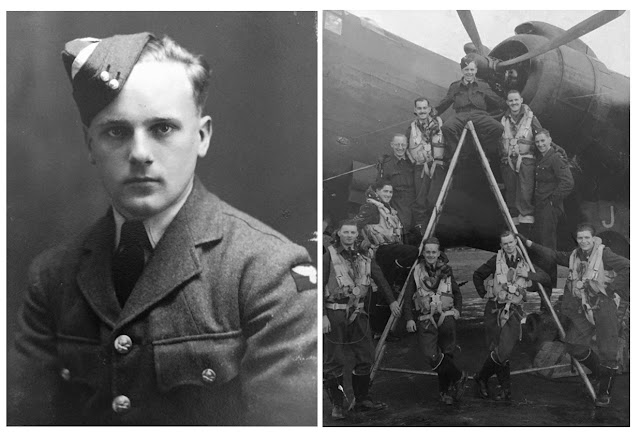Blue Plaques Ann of Swansea
This
is my second article regarding the blue plaques in Swansea this one is situated on the Civic
Centre facing the sea and is for Ann Julia Hatton. She is being commemorated
for being a local poet, novelist and managing the Swansea Bathing House
Ann had a
very colourful life before she came to Swansea. Born in 1764, Ann Kemble, was
the daughter of Roger Kemble. She was one of 12 children born into a Kemble
theatrical family, her father was an actor-manager of a touring troupe, Ann’s
siblings included, Sarah Siddons and John Philip Kemble who achieved fame on
the stage of the Theatre Royal, Drury Lane.
 |
| Swansea Civic Centre |
She was
apprenticed to a mantua maker – an early term for a dress-maker before she went
on the stage. At the age of 19, she married the actor, C. Curtis, who turned
out to be married already. What a rotter. Ann was in financial straits and
attempted suicide in Westminster Abbey, afterwards she became a “model” in the
notorious London bagnio (bathing house) and brothel areas. In 1792 she got
married for a second time, to William Hatton. The following year the couple
embarked on voyage to America.
On
returning to Britain in 1799, the couple settled in Swansea. They first kept
the bathing house near the sea front, till William’s death in 1806. After this
time, 1806-1809, Ann kept a dancing school in Kidwelly, Carmarthen-shire. Ann
is remembered from 1809 to her death in 1838, as a well-known writer. During
the period 1810-1831, she wrote poetry and 14 gothic themed novels under the
pseudonym of “Ann of Swansea”. Ann is buried in St. Matthews Church,
High Street. A portrait of Ann (left), painted during 1835, aged 71, by William Watkeys is held at Swansea Museum.
Copyright – The Bay Magazine – October 2017



Comments
Post a Comment